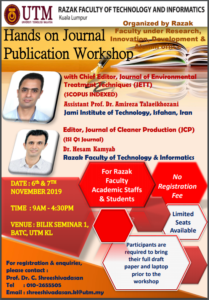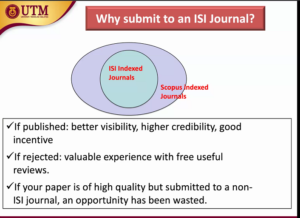The IEEE Conference on Visual Analytics Science and Technology (VAST) is one of the three parts of VIS2020.
Abstract Submission Deadline 20 April 2020.
Paper Submission Deadline 30 April 2020
VAST solicits original research papers on a set of diverse topics related to visual analytics. These papers may contribute towards new methods for human-in-the-loop computation; visualization and interaction techniques; representation of data and knowledge; models of analytical reasoning and discourse; and applications and systems of visual analytics to a broad range real-world contexts and domains.
- TVCG Track: Papers that exhibit the highest quality in terms of originality, rigor and significance will appear in a special issue of IEEE Transactions on Visualization and Computer Graphics (TVCG). The acceptance rate is anticipated to be similar to that of past years (around 22%-25%), subject to the decisions resulting from the review process. After initial notification of review results, conditionally accepted papers (including supplemental material) will undergo a revision and review cycle in order to ensure that they are acceptable for publication and presentation in the journal. The paper and supplemental material will also be submitted to the IEEE Digital Library, subject to its standard terms and conditions.
- Conference-only Track:Top quality and timely, innovative VAST submissions may be accepted for the conference-only track. Those papers, which feature new contributions, will be presented as Conference Papers during IEEE VAST, and will be included on the IEEE VIS USB Proceedings. After initial notification of review results, conditionally accepted papers (including supplemental material) will undergo a revision and approval cycle. The paper and supplemental material will be submitted to the IEEE Digital Library subject to its standard terms and conditions.
Research contributions are welcomed across a range of topics including, but not limited to:
- Individual and collaborative reasoning including cognition and perception, analytic discourse, knowledge discovery, creativity and expertise, and operational, ethical, and value-based decision-making using interactive visualization systems.
- Integration of data analysis, interaction, and visualization, including the use of machine learning, artificial intelligence, and deep learning techniques to support interactive analysis.
- Visual representations and interaction techniques including the principles for depicting information, new visual paradigms, statistical graphics, geospatial visualizations, the science of interaction, and approaches for generating visual analytic visualization and interactions.
- Data management and knowledge representation including scalable data representations for high volume and stream data, statistical and semantic signatures, and synthesis of information from diverse data sources.
- Presentation, production, and dissemination methods including methods and tools for capturing the analytics process, methods for elicitation of stakeholder constraints, priorities & processes for incorporation in analysis, and storytelling for specific and varying audiences.
- Applications of visual analysis techniques, including but not limited to applications in science, engineering, humanities, business, public safety, commerce, and logistics as far as they contribute to visual analytics are of particular interest.
- Explainable AI and trust in machine learning and automation, including the design and use of novel visual and interactive techniques that help users to understand, appropriately trust, and effectively manage artificially intelligent machine partners
- Evaluation methods, including ethical analysis, privacy, security, & regulatory compliance, interoperability, and application practice & experience.
- Devices and technologies which are fundamental for visual analytics, including user and device adaptivity, web interfaces and mobile or other novel devices.


